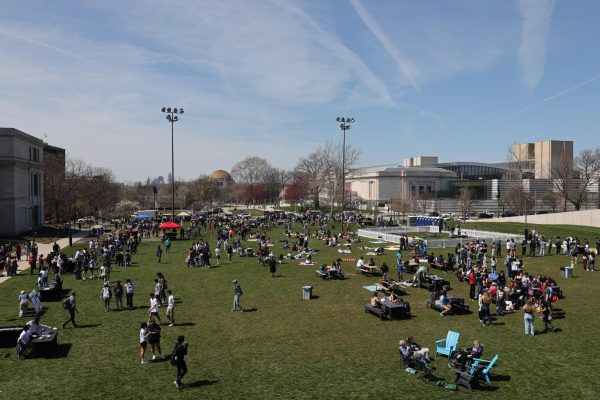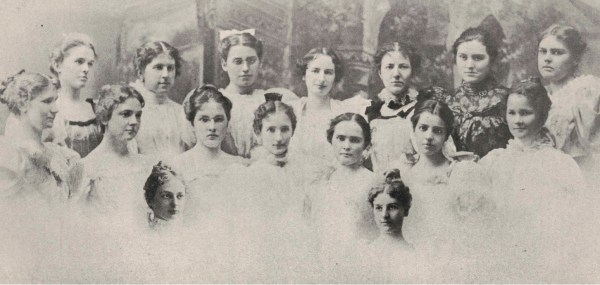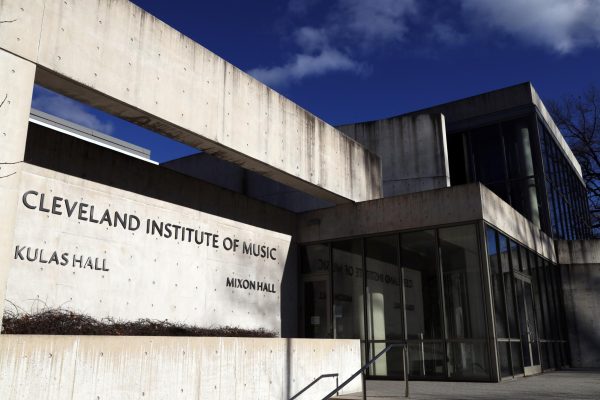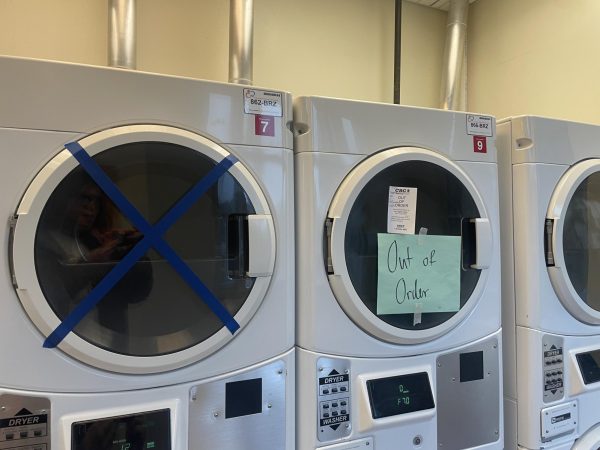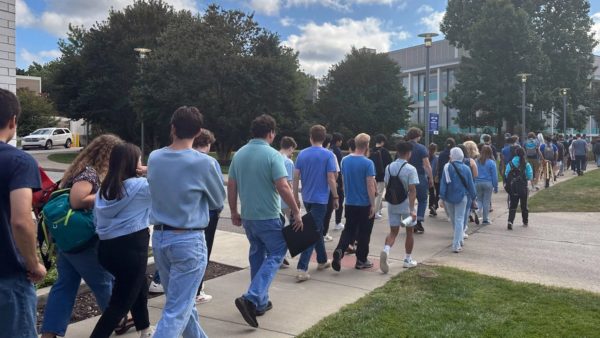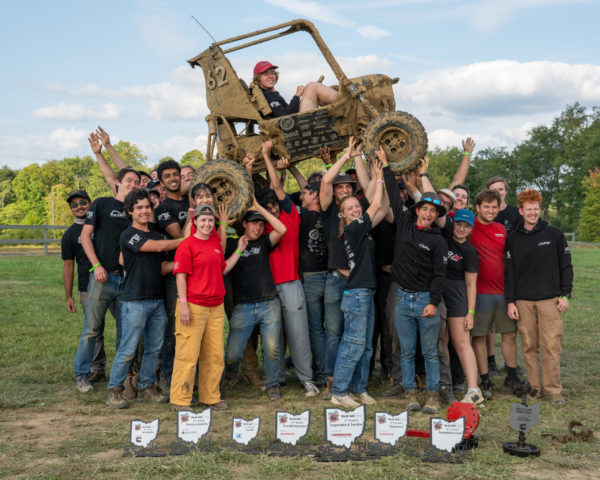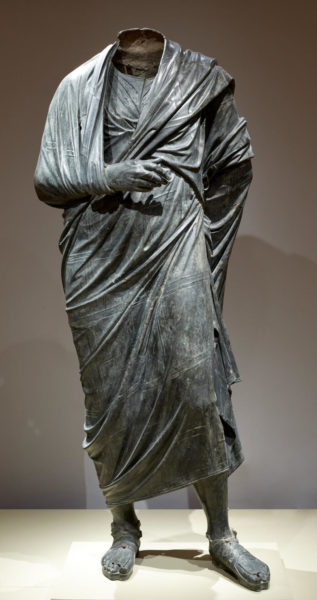Water main breaks affect campus
January 16, 2015
Over break, students who checked their emails received news of two water main breaks that affected the Case Western Reserve University campus.
The first occurred on Jan. 6 on campus near Wickenden Hall and Sears Library and affected buildings from Nord Hall to Crawford Hall for approximately five hours.
Three days later, on Jan. 9, a Cleveland Water Department water main break occurred on 120th Ave. near Mayfield Ave., shutting down water to the campus, the community and limiting it at the hospitals.
Alex Margevicius, interim commissioner of water for the city of Cleveland, told ABC 5 that in cold weather, like the region saw that day, the city averages ten water main breaks per day.
According to the Winnipeg, Canadian water provider, breaks are caused when the ground freezes and thaws, exerting pressure on pipes. This primarily impacts water mains that are already weakened by corrosion—generally older pipes—like the one that burst on Jan. 9, which was installed in 1924.
Problems are repaired using a multi-step process, as detailed by the District of Columbia Water and Sewer Authority. First, underground utilities are marked, and then water is rerouted around the affected zone to lessen the impact, if possible. Excavation commences and, on large main breaks, like the one on Jan. 9, a temporary patch is installed until permanent repairs can be undertaken and the pipe can be fully “recharged” with water pressure.
However, by the evening of Jan. 9, water had been restored to CWRU, with permanent repairs to the 24-inch water main and road expected to be complete by Jan. 16.












